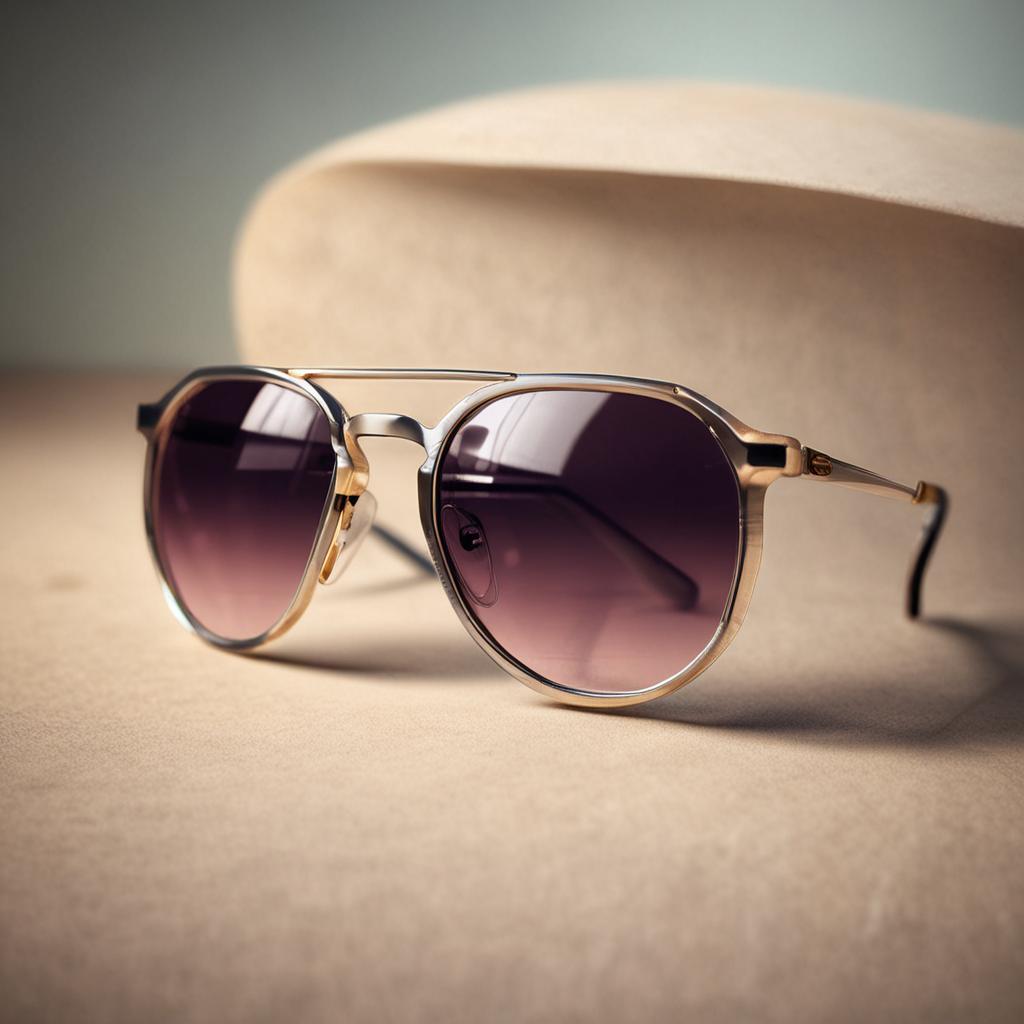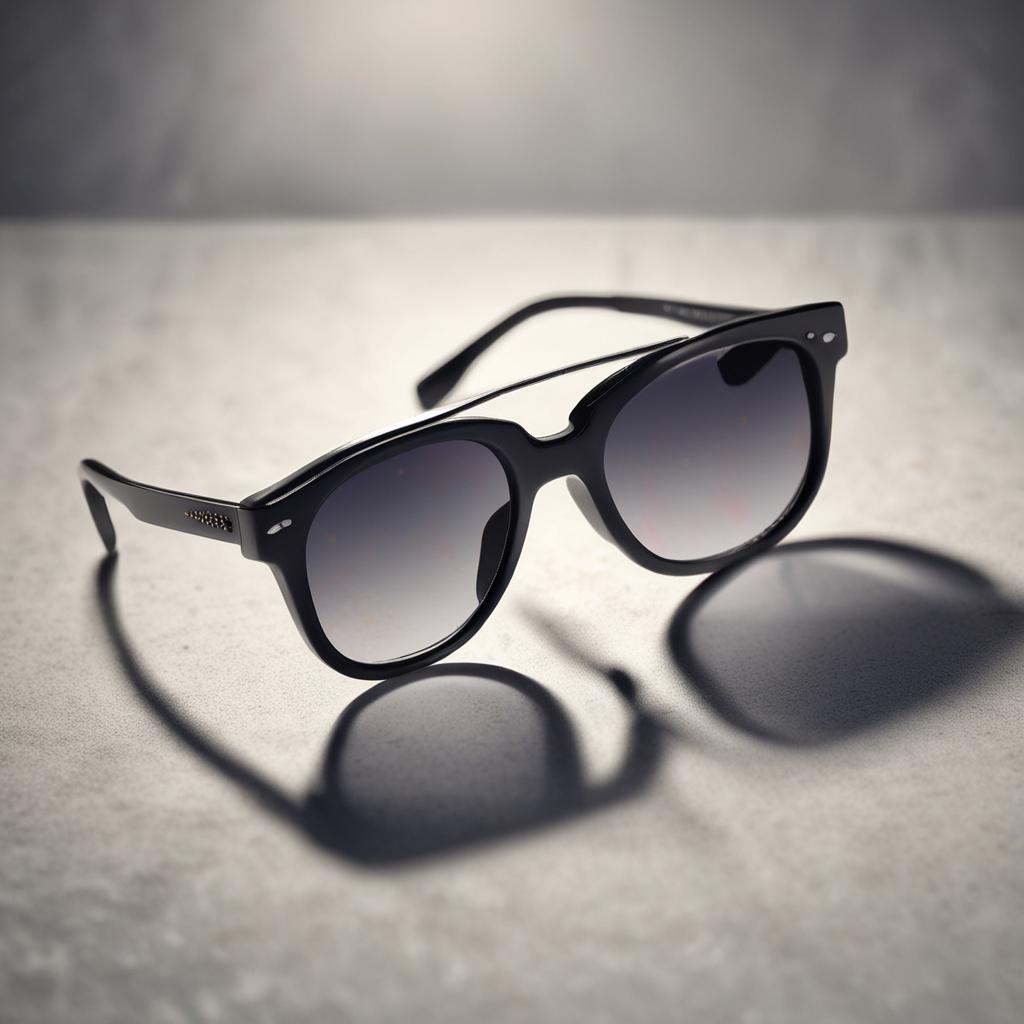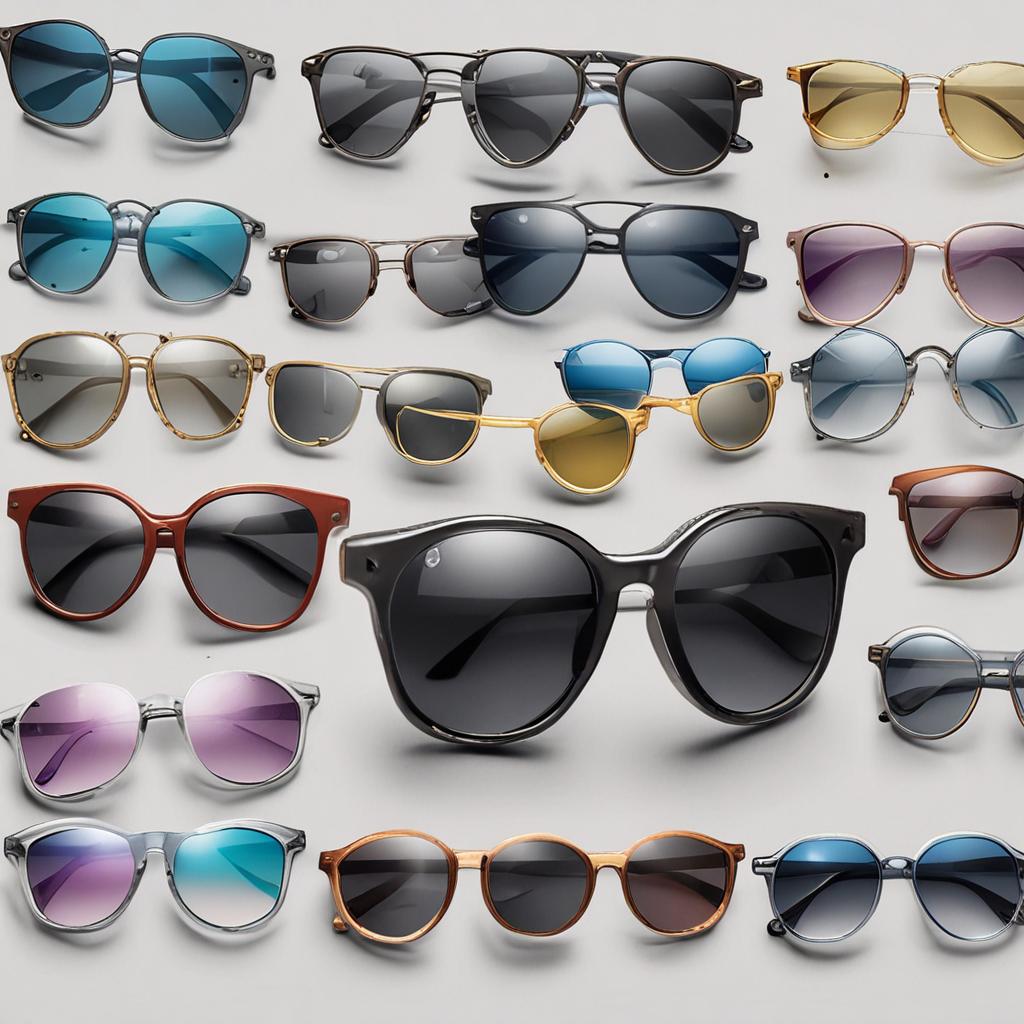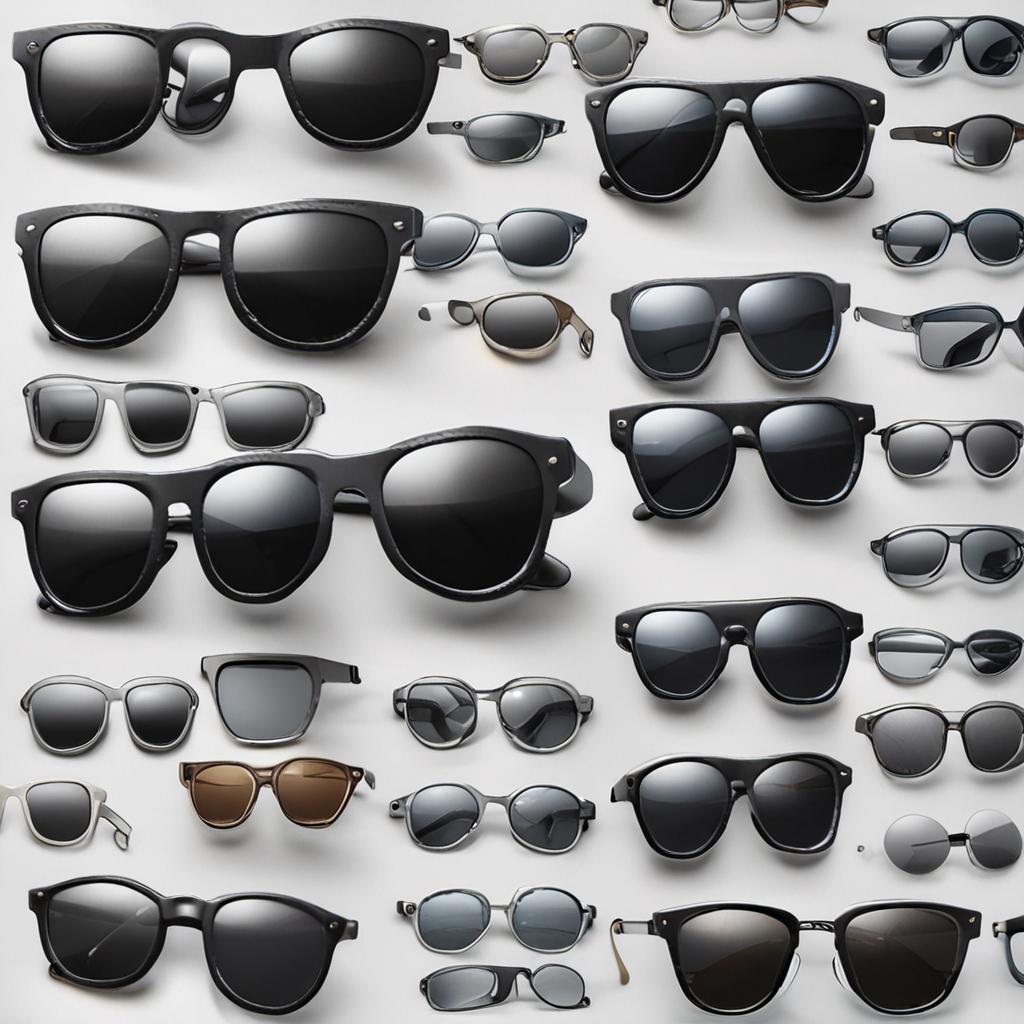What Does Mm Mean in Sunglasses

Sunglasses aren’t just a fashion statement—they’re essential for protecting your eyes from harmful UV rays. When shopping for the perfect pair, you might notice measurements like “55MM” or “140MM” listed in the product details. But what does MM mean in sunglasses? Understanding these measurements is key to finding a pair that fits well, looks great, and provides optimal protection. In this guide, we’ll break down what MM stands for, why it matters, and how to use these measurements to choose the best sunglasses for your face.
What Does MM Stand For in Sunglasses?
MM is short for millimeters, the standard unit of measurement used to describe the size of sunglasses. These measurements typically refer to three key dimensions: lens width, bridge width, and temple length. Manufacturers include these numbers to help shoppers find a pair that fits their face shape and provides the right coverage. Whether you’re looking for a snug, secure fit or a bold, oversized style, knowing these measurements ensures you make the right choice.

Why MM Measurements Matter in Sunglasses
Choosing the right MM measurements is crucial for comfort, functionality, and style. Sunglasses that are too small may not provide enough UV protection or stay in place, while oversized pairs can feel bulky or unflattering. A well-fitted pair should sit comfortably on your nose and ears without slipping or pressing too tightly. Additionally, proper sizing ensures that the lenses cover your eyes adequately, reducing glare and improving visibility.
Key MM Measurements in Sunglasses
1. Lens Width
Lens width is the first measurement listed on sunglasses, indicating the horizontal width of one lens in millimeters. For example, a 55MM lens width means each lens is 55 millimeters wide. This measurement affects both coverage and style—larger lenses provide more protection from UV rays and can create a bold, fashionable look, while smaller lenses offer a more subtle, classic appearance.
Essential Checklist
Goal Definition
Clearly define objectives and success metrics
Resource Planning
Allocate necessary time, budget, and personnel
Implementation Strategy
Develop step-by-step execution plan
Quality Assurance
Establish testing and validation procedures
Performance Monitoring
Set up tracking and reporting systems
Essential items for What Does Mm Mean in Sunglasses
2. Bridge Width
The bridge width measures the distance between the two lenses, where the sunglasses rest on your nose. This measurement is essential for comfort, as a bridge that’s too narrow or too wide can cause discomfort or slipping. A properly fitted bridge ensures your sunglasses stay in place without pinching or sliding down your face.
3. Temple Length
Temple length refers to the length of the arms that extend over your ears. This measurement is usually the last number listed (e.g., 140MM). The right temple length ensures your sunglasses stay securely on your head without being too tight or too loose. If the temples are too short, the sunglasses may not stay in place; if they’re too long, they might feel flimsy or uncomfortable.

How to Find the Right MM Measurements for Your Face
To find sunglasses that fit perfectly, start by measuring your face. Use a ruler or measuring tape to determine your lens width, bridge width, and temple length. If you’re unsure, try on sunglasses in a store or refer to the brand’s size guide. Pay attention to how the sunglasses feel—your eyes should be centered behind the lenses, and the temples should wrap comfortably around your ears without causing pressure.
Common MM Measurements by Sunglass Style
Different sunglass styles have varying MM measurements. Here are some general ranges for popular styles:
- Aviators: Typically have a lens width of 50-62MM and a bridge width of 16-22MM.
- Wayfarers: Usually measure around 52-58MM in lens width with a bridge width of 16-18MM.
- Cat-Eye: Often range from 50-60MM in lens width, with a narrower bridge for a lifted effect.
- Oversized Sunglasses: Can exceed 60MM in lens width for a dramatic, glamorous look.
These ranges are approximate, so always check the specific measurements for the pair you’re considering.
FAQs About MM in Sunglasses
1. What does 55MM mean on sunglasses?
55MM refers to the lens width, meaning each lens is 55 millimeters wide. This is a common size for medium to large sunglasses, offering a balance between coverage and style.
2. How do I know if my sunglasses fit based on MM measurements?
Compare the sunglasses’ MM measurements to your face. For example, if your lens width is 54MM, a 55MM pair should fit well. If you’re between sizes, try on multiple options or refer to the brand’s size guide.

3. Are MM measurements the same for all brands?
MM measurements can vary slightly between brands, so always check the size chart. Some brands may have slightly different interpretations of “standard” sizes, so it’s best to verify before purchasing.
4. Do MM measurements affect UV protection?
No, MM measurements impact coverage, not UV protection. The level of UV protection depends on the lens material, coatings, and certifications (like UV400) rather than size.
5. What if my sunglasses don’t have MM measurements listed?
If MM measurements aren’t provided, try them on in person or contact the manufacturer for sizing details. Some brands may offer virtual try-on tools or customer support to help you determine the right fit.
Conclusion
Understanding MM measurements in sunglasses is the key to finding a pair that fits well, looks stylish, and protects your eyes effectively. By paying attention to lens width, bridge width, and temple length, you can make an informed decision and avoid common sizing pitfalls. Whether you prefer a classic, sporty, or trendy style, the right MM measurements ensure your sunglasses stay comfortable and secure. Now that you know what MM means, you’re ready to shop with confidence and find the perfect pair!
